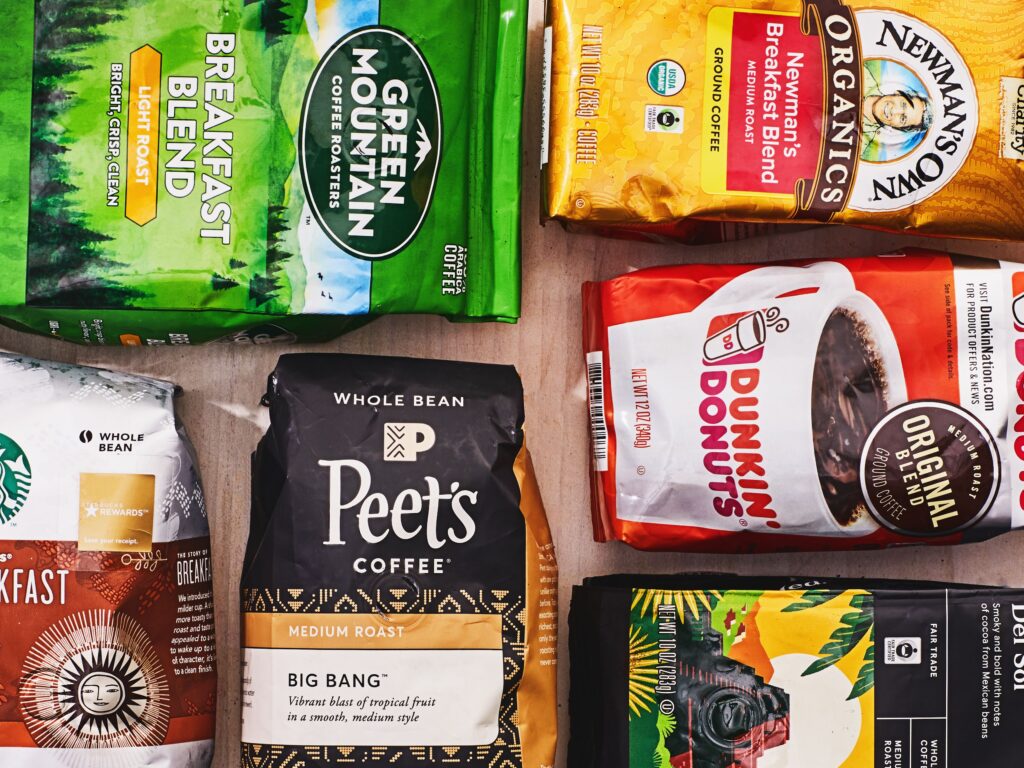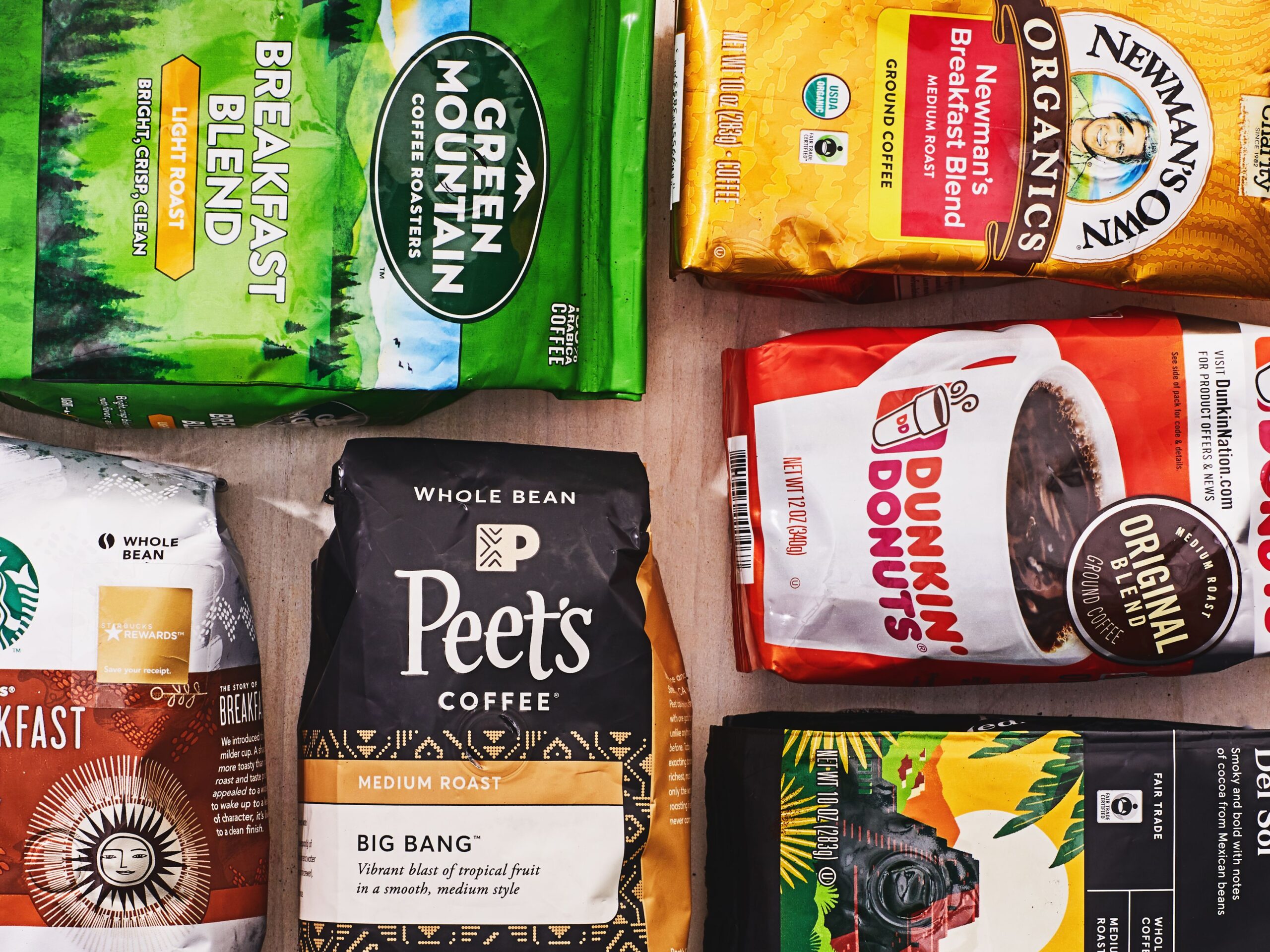
Is French Coffee Different From American Coffee? A Deep Dive into Coffee Cultures
The world of coffee is vast and varied, a landscape sculpted by tradition, geography, and personal preference. From the bustling cafes of Paris to the ubiquitous coffee shops of America, coffee plays a central role in daily life. But is there a tangible difference between the coffee experiences offered in these two distinct cultures? This article will explore the nuances of French coffee versus American coffee, delving into their preparation methods, consumption habits, and the cultural context that shapes their identities. We’ll examine how these two approaches to coffee differ, and what makes each unique.
The American Coffee Landscape
American coffee culture, particularly in the United States, is often characterized by its accessibility and convenience. The rise of large coffee chains has standardized the coffee experience, emphasizing speed and consistency. Drip coffee, brewed in large batches, is a common sight, designed for quick consumption. Flavored syrups, whipped cream, and a plethora of milk options are readily available, catering to a broad range of tastes. The focus is often on the coffee as a beverage, a fuel for the day, rather than a ritualistic experience. The sheer volume of coffee consumed is also a defining factor; Americans are known for their large cup sizes and frequent refills.
American coffee culture is also heavily influenced by its history. The Boston Tea Party, a pivotal event in the American Revolution, indirectly paved the way for coffee’s popularity. As a symbol of rebellion against British rule, coffee gained favor, solidifying its place in the American identity. The post-World War II era saw the rise of instant coffee, further streamlining coffee consumption. Today, the market caters to a wide array of preferences, from the convenience of pre-ground coffee to the artisanal approach of specialty coffee shops.
Exploring the French Coffee Tradition
French coffee, on the other hand, embodies a slower, more deliberate approach. The cafe culture is deeply ingrained in French society, serving as a social hub where people gather to converse, observe, and savor their coffee. The focus is less on volume and more on quality and the experience. Espresso-based drinks dominate the landscape, with classics like café au lait (coffee with milk), and café crème (coffee with cream) taking center stage. The emphasis is on enjoying the moment, often accompanied by a croissant or a small pastry.
The preparation of French coffee often reflects a higher level of craftsmanship. Espresso machines are the standard, allowing for precise control over the brewing process. The coffee itself is typically roasted to a darker profile, resulting in a bolder flavor. The ritual of coffee consumption is as important as the coffee itself, with cafes serving as a place for social interaction and leisurely observation. The ambiance of a traditional French cafe, with its small tables, outdoor seating, and the constant hum of conversation, is a defining characteristic of the French coffee experience.
Preparation Methods: A Comparative Look
The methods used to prepare French coffee and American coffee reveal significant differences. In America, drip coffee is prevalent, often brewed in large quantities to meet high demand. While convenient, this method can sometimes result in a less flavorful cup, especially if the coffee sits for an extended period. The use of automated brewing systems is commonplace, prioritizing speed and efficiency.
French coffee, in contrast, relies heavily on espresso-based techniques. The espresso machine, with its ability to extract rich flavors from finely ground coffee beans, is a cornerstone of French coffee culture. The preparation of espresso requires skill and precision, resulting in a concentrated shot of coffee that serves as the base for many French coffee drinks. Other methods like the French press are also popular, allowing for a fuller-bodied coffee experience. These methods emphasize control over the brewing process, allowing baristas to extract the best possible flavor from the beans.
Consumption Habits and Cultural Context
Consumption habits further distinguish French coffee and American coffee. Americans often drink coffee on the go, in large quantities, as a means of staying alert and productive. The focus is on convenience and speed. Coffee shops are often viewed as quick stops, where people grab a coffee and go about their day. Drive-throughs and to-go cups are common sights.
The French, however, approach coffee consumption with more leisure. Coffee is often enjoyed while seated, at a cafe, with friends or family. The experience is meant to be savored, not rushed. Coffee breaks are seen as opportunities for social interaction and relaxation. The cafes themselves are social hubs, fostering a sense of community. The culture emphasizes the art of conversation and the enjoyment of the moment. This leisurely approach to coffee consumption is deeply ingrained in French culture, representing a slower pace of life.
The Role of Coffee Beans and Roasting
The type of coffee beans and the roasting process also play a crucial role in shaping the differences between French coffee and American coffee. While both cultures have access to a wide variety of beans, the preferences often differ. In general, French coffee tends to favor darker roasts. This results in a more intense, bolder flavor profile, often with notes of chocolate or caramel. The darker roast also contributes to the richness and crema of espresso-based drinks.
American coffee, on the other hand, encompasses a broader range of roasting styles. While darker roasts are available, medium and even lighter roasts are increasingly popular, especially in the specialty coffee scene. This allows for more nuanced flavors to emerge, highlighting the unique characteristics of the coffee beans. The choice of beans and the roasting process are crucial in determining the final flavor profile of the coffee, influencing the overall coffee experience. The focus on different roasting styles reflects the diverse tastes of the American coffee market.
The Impact of Global Coffee Trends
Despite their distinct traditions, both French coffee and American coffee cultures are influenced by global coffee trends. The rise of specialty coffee, with its emphasis on single-origin beans, sustainable practices, and skilled baristas, has had a significant impact. Both countries are seeing an increase in independent coffee shops that focus on quality and craftsmanship.
The growing popularity of espresso-based drinks, such as lattes and cappuccinos, has also blurred the lines between the two cultures. These drinks, once primarily associated with French coffee culture, are now widely enjoyed in America. The influence is reciprocal, with American coffee chains expanding their presence globally, introducing their own variations on classic coffee drinks. The globalization of coffee culture is leading to a convergence of tastes and preferences, while still respecting the unique traditions of each culture.
The Future of Coffee: A Blend of Traditions
The future of coffee likely lies in a fusion of traditions. As consumers become more knowledgeable about coffee, they are seeking out higher quality beans, more sophisticated brewing methods, and a deeper appreciation for the coffee experience. Both French coffee and American coffee cultures are evolving, incorporating elements from each other and from the broader global coffee landscape.
The key takeaway is that the differences between French coffee and American coffee are not merely about the coffee itself, but about the culture that surrounds it. The leisurely pace and social focus of French coffee contrast with the convenience and speed of American coffee. Both cultures offer unique and valuable coffee experiences. Ultimately, the best coffee is the one that you enjoy most, whether it’s a strong espresso in a Parisian cafe or a large cup of drip coffee in a bustling American coffee shop. [See also: The History of Coffee in France], [See also: The Evolution of American Coffee Culture], [See also: Brewing Methods Around the World]
Conclusion: Finding Your Perfect Cup
In conclusion, the differences between French coffee and American coffee are significant, stemming from varied cultural influences, preparation methods, and consumption habits. While American coffee often prioritizes convenience and volume, French coffee emphasizes quality, craftsmanship, and the social experience. Both approaches offer a unique perspective on the world of coffee. The choice between them comes down to personal preference. Whether you prefer the boldness of a French espresso or the familiar comfort of American drip coffee, the world of coffee has something to offer everyone. Exploring these differences allows us to appreciate the rich diversity of coffee culture. Understanding how these cultures approach coffee can enhance our appreciation for the beverage and the rituals that surround it.


